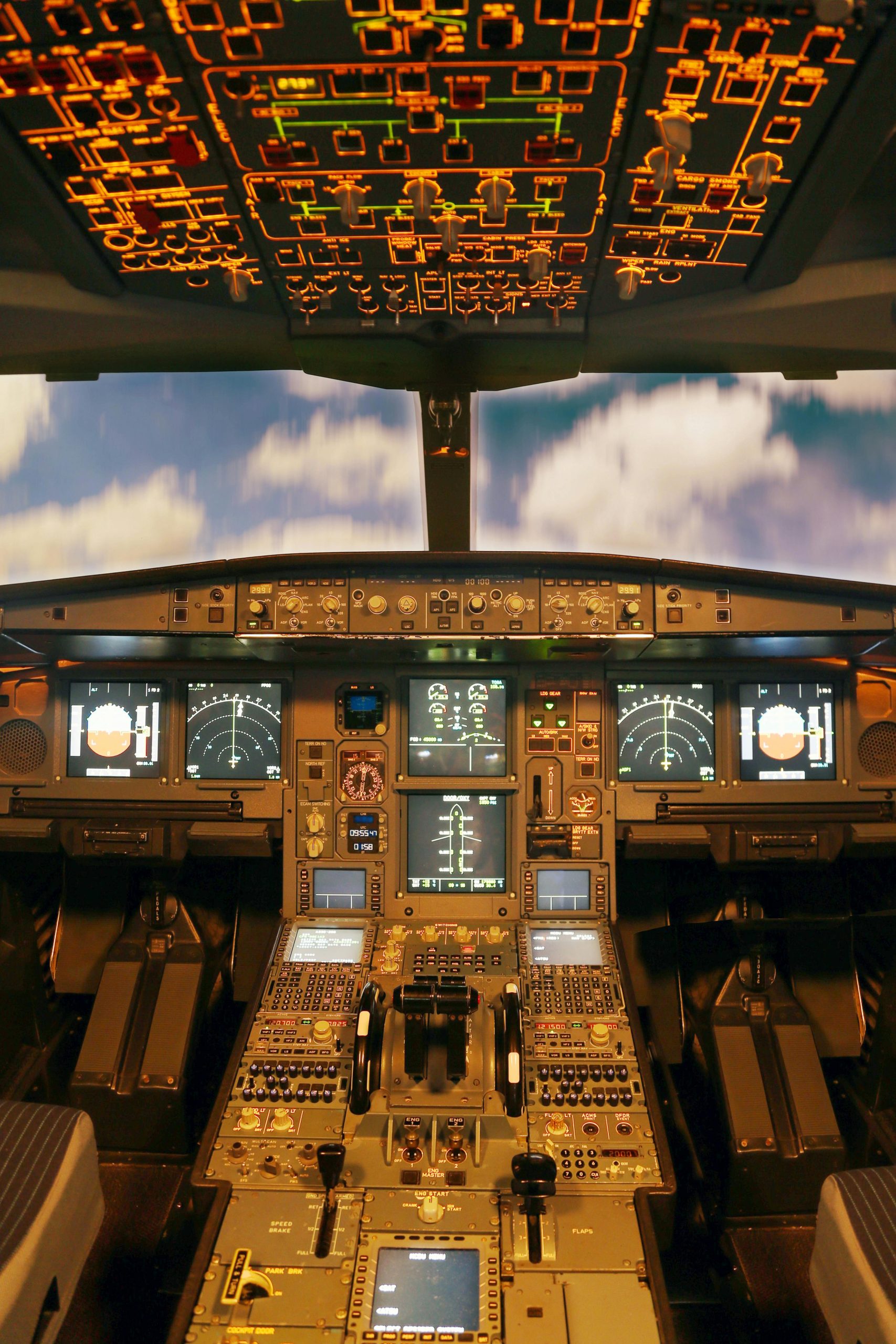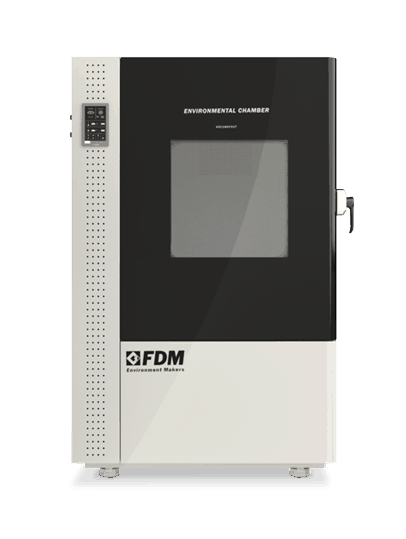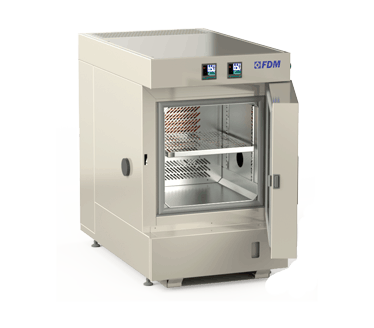
Testing of motor vehicle components is always essential, especially in the aeronautical sector, both because the slightest malfunction can prove fatal, and because vehicles must perform in so-called extreme environments, such as high altitudes.
Each avionics component must withstand extreme conditions to ensure optimal performance and minimize the risk of failure.
Avionics environmental testing allows us to evaluate the resistance of these systems to extreme temperatures, humidity, altitude and sudden changes in these factors.
In today's article, we will see what avionics environmental testing consists of, which international standards regulate them and which instruments they must be performed with.
Perform
Extreme Testing
Discover the new series of Environmental Chambers for controlled climate testing
Main Avionics Environmental Tests
Avionics environmental testing aims to simulate real operating environments, reproducing in the laboratory the environmental conditions that vehicles will encounter. The fundamental parameters are temperature and humidity, their possible combinations at high altitude and the sudden changes in these values.
Let's see in order.
- Temperature Variation Testing
Temperature variation testing is critical to ensure that avionics devices function properly in both extreme cold (-55°C) and intense heat (+70°C or more). These tests test the ability of materials to expand and contract without suffering structural damage or loss of functionality.
- Altitude Simulation Testing
Avionics systems often operate at high altitudes, where atmospheric pressure is low. Altitude simulation testing verifies how components behave in low-pressure conditions, testing their resistance to altitudes up to 15,000 meters. This is essential to avoid problems such as gas leakage in sealed devices.
- Humidity Control Testing
Humidity is a critical factor for avionics devices. Humidity control testing evaluates the resistance of materials to moisture absorption and condensation cycles, typical of rapid changes in altitude and temperature. A common test value is 95% relative humidity at elevated temperatures for several hours.
Salt sprayers can also be used to evaluate performance in maritime environments.
Aviation Standards for Avionics Environmental Testing
Avionics environmental testing is governed by a series of standards, issued by internationally recognized bodies, which define the guidelines for carrying out the procedures. Here are the main ones:
- RTCA DO-160G: Defines the environmental conditions and test procedures for aeronautical equipment.
- MIL-STD-810H: Military standard that establishes test methods for equipment intended to operate in extreme environments.
- EUROCAE ED-14G: The European equivalent of DO-160G, adopted for certification in Europe.
- SAE ARP4761: Guidelines for the safety assessment of aeronautical systems.
You cannot find the ideal chamber for your test?
Create your own environment, according to any test requirement
FDM Environmental Chamber for Avionics Environmental Testing
The ideal instrument to perform all the avionics environmental tests mentioned above is the environmental chamber.
Environmental chambers are part of the family of climatic chambers and are those specialized in so-called extreme tests, that is, capable of similar very high - or very low - values of temperature and relative humidity. They consist of hermetically isolated compartments within which it is possible to set, alter and monitor the various environmental parameters.
Regular-sized environmental chambers are perfect for testing individual components of avionics systems but there are also large and very large chambers, called Walk-In, which can accommodate entire aircraft.
For over 70 years, FDM Environment Makers has been operating in the environmental simulation sector and our environmental chambers are the perfect laboratory tool for performing avionics environmental tests in accordance with international standards.
Furthermore, our technicians are always available to design a customized environmental chamber that meets the customer's needs.
To learn more, contact us and download the White Paper below.
Would you like to receive a quote or do you have questions about the product?
Contact us to receive more information about this Product.




